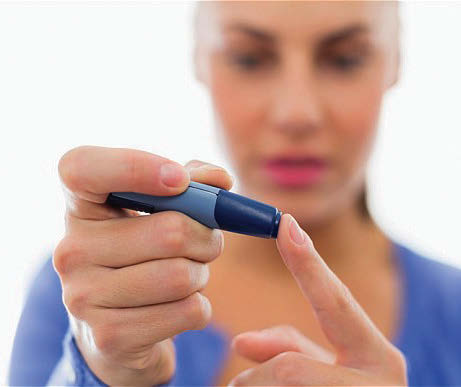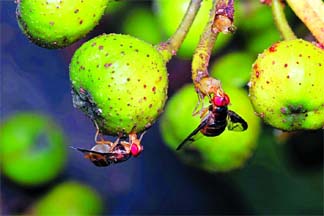
Scentists from Madras Diabetes Research Foundation will sequence the DNA of bacteria in the bowel to see if they contain enough ‘good’ bacteria or too much ‘bad’ bacteria that can trigger metabolic diseases.
The research centre has tied up with University of Copenhagen for the research, which earlier found a strong link between gut bacteria and diabetes. At least 1.5kg of bacteria in a human body, mostly in the gut, play an active role in not just digesting food also in the development and functioning of the immune and neural systems as also in a wide range of metabolic functions, doctors said.
Danish scientists spearheading the study, including Dr Oluf B Pedersen, a professor of molecular metabolism and metabolic genetics at University of Copenhagen, Denmark, said bacterial DNA extracted from stool samples of 292 individuals showed 23% of Danish adults had a 40% reduction in the abundance of bacterial genes. The DNA sequence of the bugs represents what is going on in the colon.
“We found people with fewer and less diverse types of bacteria had a higher body fat percentage and elevated blood lipids,” Pedersen said. “This is a significant correlation.We are curious to know if results are similar in Indians.”
His Indian counterparts are curious about this too. They have sequenced DNA from bacteria found in more than 450 stool samples from an equal number of diabetics, pre-diabetic and non-diabetic people.
“Our hypothesis is that Indians are at greater risk because we have less good bacteria that reduce diabetes risk and more bad bacteria that in creases the risk,” diabetologist and Madras Diabetes Research Foundation chief Dr V Mohan said.
There isn’t yet adequate evidence to show links in humans but stool samples from the lean twin mice given to germ-free mice, make them remain lean and stool from the obese mice given it to germ-free mice make them obese. “We can’t rule out that bacteria, in this case, may cause obesity. It may be more than just an innocent bystander,” Dr Pederson said.
He said looking at the bugs is like exploring a tropical rainforest, there are trillions in the body in anaerobic (without oxygen) environment. That means they are difficult to culture in the lab and there can’t be a quick fix solution to refill these bacteria.
Source: TOI





Be the first to comment